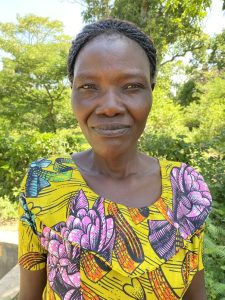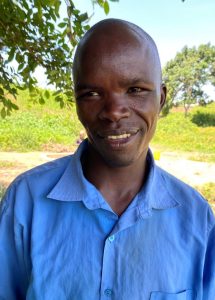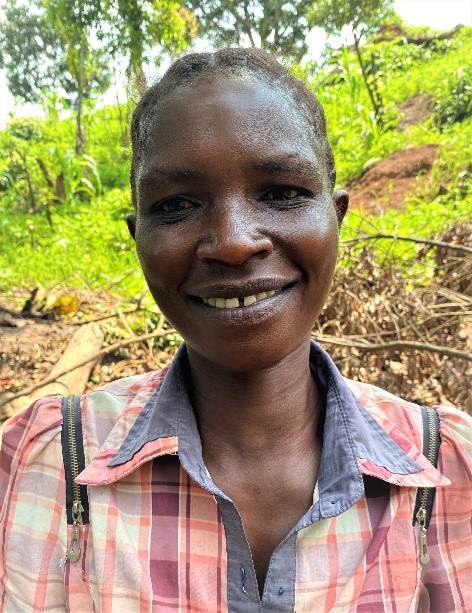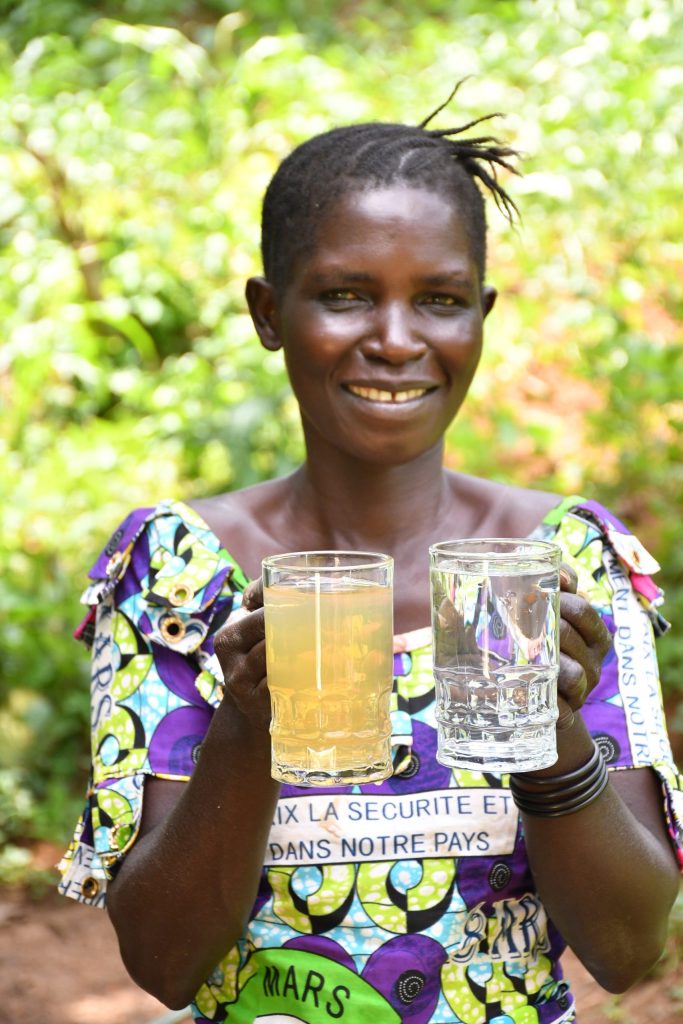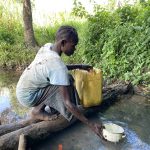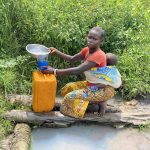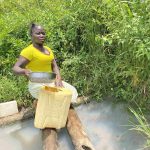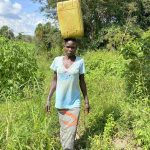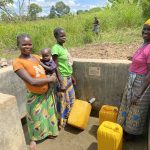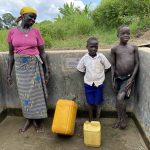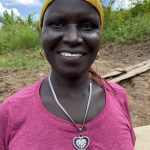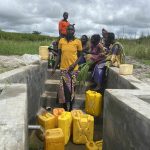Hi, My name is Adia Odu’, 45 years old and...
Read MoreSpring Protection Project
implementation approach
Access to clean and safe water is a fundamental human right, yet millions of people around the world lack access to this essential resource. Spring protection projects are critical in providing communities with sustainable access to clean water sources. This proposal outlines a comprehensive plan to protect and preserve a spring in Several areas of Democratic Republic of Congo, ensuring its longevity and improving the livelihoods of the community members who depend on it.
Objectives & Project Components:
Objectives
- Ensure Water Quality: Protect the spring from contamination, ensuring the water remains clean and safe for consumption.
- Improve Accessibility: Enhance water accessibility for community members, reducing the time and effort required to collect water.
- Promote Hygiene: Encourage hygiene and sanitation practices within the community, leading to better health outcomes.
- Empower the Community: Involve and train community members in project implementation and maintenance, fostering local ownership and capacity building.
PROJECT COMPONENTS
- Site Assessment: Conduct a thorough evaluation of the spring site to identify potential contamination sources and determine the best protection measures.
- Spring Protection Infrastructure: Construct physical barriers, such as walls and fencing, around the spring to prevent surface water runoff and contamination from animals.
- Water Channeling and Collection: Install pipes and channels to direct water flow from the spring to collection points, ensuring easy access for community members.
- Water Quality Testing: Regularly monitor the water quality to ensure it meets national and international standards for drinking water.
- Hygiene and Sanitation Training: Organize workshops and training sessions to educate community members on proper hygiene practices, water treatment methods, and the importance of maintaining the spring’s integrity.
- Community Involvement: Engage community members in all project stages, from planning and implementation to monitoring and maintenance, fostering a sense of ownership and sustainability.
- Capacity Building: Train local technicians and volunteers on spring maintenance and repair techniques, empowering them to take responsibility for the ongoing upkeep of the infrastructure.
Expected Outcomes:
- Improved Water Access: Provide clean and safe water to community members.
Health Benefits: Reduce waterborne diseases through improved water quality and hygiene practices.
Economic Opportunities: Increase productivity and economic opportunities as community members spend less time collecting water.
Climate Resilience: Strengthen community resilience to climate change and environmental hazards through sustainable water management practices.
Community Empowerment: Enhance social cohesion and community empowerment through active participation in project activities.
